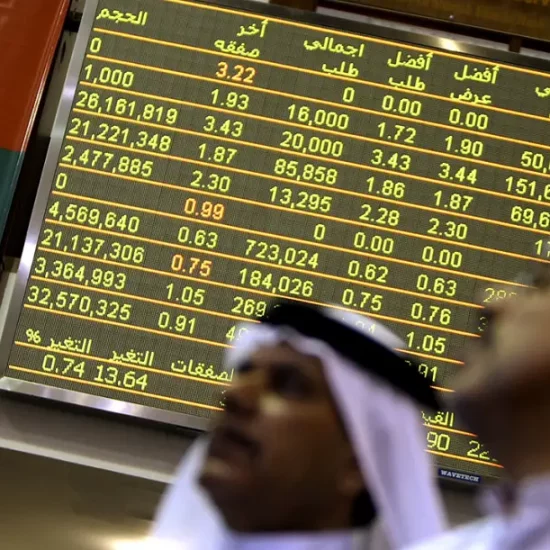 The U.S. sanctioned three Russian banks and a state-owned shipbuilder that serves Russia’s navy and oil and gas industry, joining with the European Union in escalating the penalties for Russia over its actions in Ukraine.
The U.S. sanctioned three Russian banks and a state-owned shipbuilder that serves Russia’s navy and oil and gas industry, joining with the European Union in escalating the penalties for Russia over its actions in Ukraine.
“Russia is once again isolating itself from the international community, setting back decades of progress,” President Barack Obama said at the White House. “We can’t, in the end, make President Putin see more clearly; ultimately that’s something President Putin has to do on his own.”
The new U.S. sanctions target VTB Bank, Bank of Moscow and the Russian Agricultural Bank. United Shipbuilding Corp., which has contracts with the Russian military, also was sanctioned. The U.S. also is suspending credits that encourage exports to Russia and prohibiting export of certain goods to the energy sector.
The European Union earlier today agreed to bar Russia’s state-owned banks from selling shares or bonds in Europe and restricted the export of equipment to modernize the oil industry, a key prop for Russia’s economy. New contracts to sell arms and machinery, electronics and other civilian products with military uses also will be banned.
The moves by the U.S. and EU were the latest attempt to squeeze Russia’s $2 trillion economy in response to Russian President Vladimir Putin’s refusal to end support for Ukrainian rebels.
The confrontation intensified with the July 17 downing of a Malaysian airliner by a surface-to-air missile over territory held by pro-Russian separatists in Eastern Ukraine. All 298 aboard were killed. The U.S. also says Russia continues to provide arms to the rebels and has fired artillery into Ukraine from Russian territory.
Obama said the standoff with Russia over Ukraine is “not a new Cold War.” He said the situation involves specific actions that have imperiled the sovereignty of Ukraine.
The U.S. two weeks ago hit Russian banks, energy companies and defense firms with sanctions preventing them from accessing U.S. equity or debt markets for new financing with a maturity beyond 90 days.
The European sanctions will initially last for 12 months, though they’ll be reviewed by the end of October, according to an EU official speaking on condition of anonymity. It would need unanimity from all 28 members of the bloc to scrap the measures before the 12 months are up.
Due to the reliance of many European countries on Russian oil and natural gas, the EU stopped short of the full-scale commercial warfare that could damage its own economy, which is still shaking off the euro debt crisis.
Treasury Secretary Jacob J. Lew, speaking to reporters today in Riverdale, Iowa, said U.S. sanctions are designed to maximize the economic pain on Russia while minimizing the effects elsewhere.
“If we are doing the sanctions effectively and smartly, we will put an enormous amount of pressure on Russia, and we shouldn’t see terribly negative economic impacts here in the United States,” Lew said. “Russia is barely growing now. With these increased sanctions, it’s going to grind Russia into either a flat or a negative economy.”
The International Monetary Fund last week lowered its forecast for Russian economic growth this year to 0.2 percent from 1.3 percent, citing capital flight triggered by the country’s involvement in the Ukraine conflict.
Last week, Norway’s $890 billion sovereign wealth fund, the world’s biggest, said it’s reassessing its holdings in Russia.
Traders took $12.3 million out of the Market Vectors Russia ETF, the largest U.S. dedicated exchange-traded fund tracking the nation’s stocks, last week through July 24, according to data compiled by Bloomberg. That added to redemptions of $90.8 million, putting July on pace to see the biggest monthly outflow since February.
Russia’s benchmark Micex Index of Russian stocks rose 0.6 percent before the sanctions announcements, rebounding after a two-day slide that dragged the gauge down to the lowest close since May 6. The ruble sank 0.6 percent, trading traded as low as 35.76, the weakest level since May 5.-Bloomberg








